Description
Brachiaria grass for sale is a nutritious forage option for cattle. Learn about its benefits, varieties, and management for cattle feeding and order now.
Brachiaria grass for sale
Brachiaria Grass: A Powerhouse Forage for Cattle Feeding
For cattle farmers seeking a high-quality, resilient, and productive forage, Brachiaria grass is increasingly becoming a popular and valuable option. This tropical grass, native to Africa, offers a compelling combination of nutritional value, adaptability to diverse climates, and relative ease of management, making it a strong contender for improving cattle feeding strategies and boosting livestock productivity.
Why Brachiaria for Cattle Feeding?
Brachiaria grass boasts several key advantages that make it a valuable asset for cattle farmers:
- Nutritional Value: Brachiaria grasses, particularly improved varieties, offer a good balance of protein, energy, and digestibility. This contributes significantly to weight gain, milk production, and overall animal health. Specific varieties, like Marandu, Piata, and Brizantha, vary in their nutritional profile, allowing farmers to select the best option based on their specific needs and environmental conditions.
- High Forage Yield: Brachiaria species are known for their vigorous growth and high forage yields. This translates to more feed available per unit area, reducing the need for supplementary feeds, especially during dry seasons.
- Drought Tolerance: A significant advantage of Brachiaria is its ability to withstand periods of drought. This makes it an ideal choice for regions prone to water scarcity, ensuring a reliable source of feed even when other forages struggle.
- Adaptability: Brachiaria grasses are adaptable to a wide range of soil types and climates, including those with low fertility and moderate acidity. This makes them suitable for cultivation in various regions, expanding their usability compared to other, more demanding forage options.
- Ease of Management: Brachiaria is relatively easy to establish and manage. It requires minimal fertilization compared to some other forage species and can be propagated through seeds or vegetative methods.
- Soil Health Benefits: These grasses contribute to soil health by preventing erosion through their dense root systems and improving soil structure. They can also help suppress weed growth, reducing the need for herbicides.
- Palatability: Cattle generally find Brachiaria grasses palatable, ensuring consistent consumption and maximizing nutrient intake.
Varieties to Consider:
The Brachiaria genus encompasses several species, each with its unique characteristics. Some popular varieties for cattle feeding include:
- Brachiaria brizantha (e.g., Marandu, Xaraes): Known for its aggressive growth and tolerance to poor soils. Marandu is particularly popular due to its high dry matter production.
- Brachiaria decumbens (e.g., Basilisk): Well-suited for grazing and offers good ground cover.
- Brachiaria humidicola: Extremely tolerant of waterlogged soils, making it ideal for poorly drained areas.
- Brachiaria ruziziensis: Known for its good palatability and suitability for silage production.
- Brachiaria hybrid (e.g., Mulato II, Cobra): Developed through hybridization to combine the best traits of different species, often resulting in improved yield, disease resistance, and nutritional value.
Best Practices for Utilizing Brachiaria for Cattle:
To maximize the benefits of Brachiaria grass for cattle feeding, consider these best practices:
- Soil Testing and Preparation: Conduct soil tests to determine nutrient deficiencies and amend the soil accordingly before planting.
- Variety Selection: Choose the Brachiaria variety that best suits your local climate, soil type, and cattle’s nutritional requirements.
- Proper Planting Techniques: Follow recommended planting densities and techniques to ensure successful establishment.
- Regular Fertilization: Implement a fertilization program based on soil test results to maintain optimal nutrient levels for grass growth.
- Grazing Management: Implement rotational grazing to prevent overgrazing and allow the grass to recover, maximizing productivity. Consider strip grazing to provide cattle with fresh forage daily.
- Weed Control: Monitor for weeds and implement control measures as needed, using selective herbicides or manual weeding.
- Harvesting and Conservation: Consider making hay or silage from excess forage to provide feed during dry seasons or periods of low production.
Conclusion:
Brachiaria grass represents a powerful tool for cattle farmers looking to improve their feeding strategies, increase productivity, and enhance the overall health and well-being of their livestock. Its adaptability, resilience, and nutritional value make it a valuable addition to any cattle operation, particularly in tropical and subtropical regions. By carefully selecting the right variety and implementing best management practices, farmers can unlock the full potential of Brachiaria grass as a sustainable and profitable forage solution.
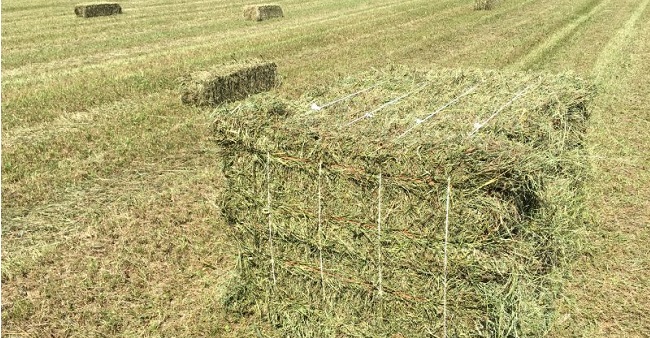


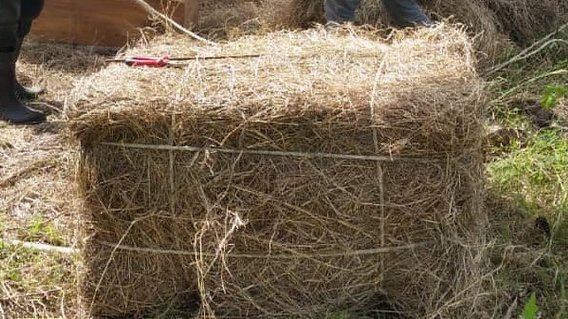


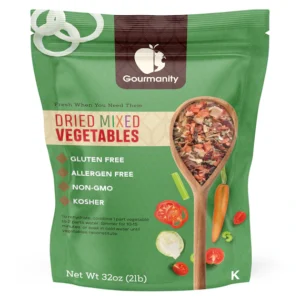
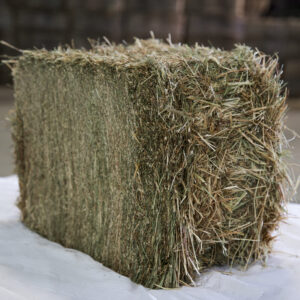




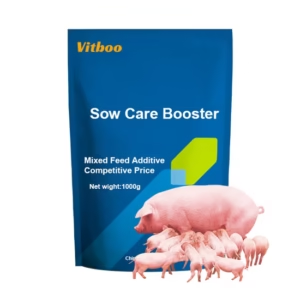
Reviews
There are no reviews yet.